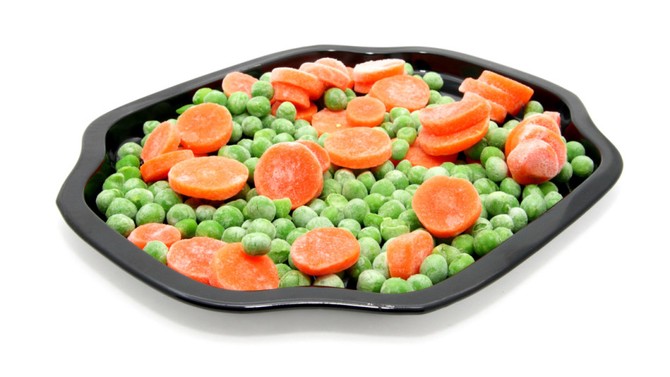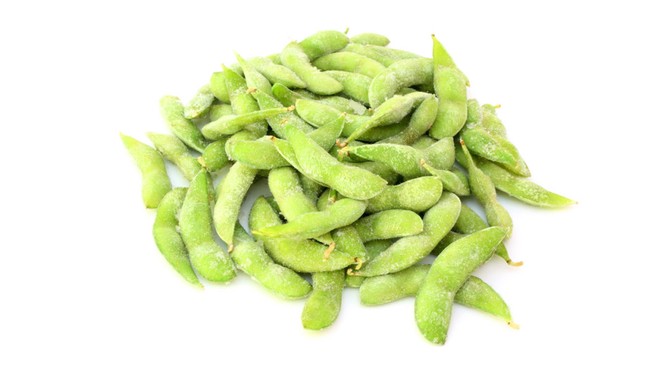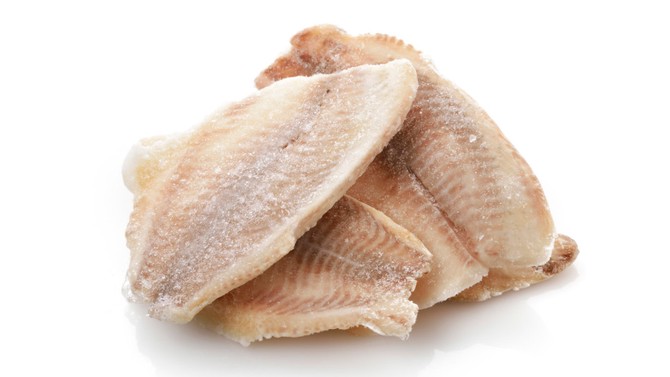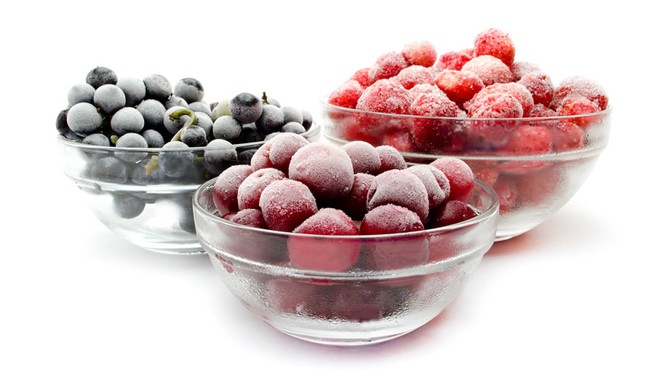6 Frozen Foods That Will Keep Your Diet on Track
Stock your freezer with these items, and you'll always have a healthy breakfast, lunch, dinner or snack at the ready.
By Lynn Andriani

Photo: Suzifoo/iStock
The "It" Veggie
While fresh kale is available year-round (and you can even buy it prewashed and chopped), you may not realize you can also buy frozen bags of the popular leafy green. Sure, you'll want the fresh stuff if you're making a salad, but frozen kale is superversatile. Kristen Gradney, director of nutrition and metabolic services at Our Lady of the Lake Regional Medical Center in Baton Rouge, adds it to smoothies. (Bonus: since it's so cold, it'll keep the smoothie chilled—just throw it in frozen.) When she's cooking, Gradney mixes frozen kale into any dish that includes ground meat, whether meatloaf, spaghetti sauce or lasagna, to give it a nutritional bump. She also stirs it into breakfast dishes, from hash browns to quiche to scrambled eggs. You don't even have to defrost it first, since the hot ingredients you're combining it with will do the job in a flash.

Photo: EuToch/iStock
A Burger You'll Feel Great About
When your fridge is practically empty, and lunch or dinner is looking like it's going to be PB&J, a box of frozen veggie burgers can be a lifesaver. Try them with whole grain bagel thins, which have fewer calories and sodium than most buns, suggests Gradney. For add-ons, she likes guacamole as a healthy alternative to mayo, and spinach instead of iceberg lettuce. Veggie patties can even make terrific pizza toppers. Gradney's advice is to seek out patties made with a bean base (versus soy), as they tend to have more fiber. And keep an eye on the amount of sodium—300 mg, or less, per serving is ideal.

Photo: Knaupe/iStock
The Old Standby
Peas and carrots may not be trendy health foods, yet these oldies but goodies are reliable sources of fiber, as well as A, C, K and B vitamins. Gradney reinvents the duo by defrosting and then pureeing them and adding the blend to pasta, almost like pesto. Sprinkle with grated Parmesan cheese and freshly ground pepper, and you'll be surprised how tasty it is, she says. Another idea: Toss them into brown rice for a side dish with added nutrition. Or, serve them with these herbs and spices to put a global spin on the veggies.

Photo: Cathy_Britcliffe/iStock
The Irresistible Japanese Restaurant Snack
Addictive as potato chips but way better for you, frozen edamame is a fantastic food to keep in your freezer for between meals and is packed with protein and nutrients. And if you buy the kind you need to shell, you'll probably eat less, says Gradney, since the empty pods can serve as a visual cue to stop eating (similar to what researchers have found with pistachios).

Photo: Saddako/iStock
The Protein You Can Cook Frozen
The best raw ingredient to keep in your freezer for from-scratch dinners might just be frozen seafood. The low-fat, omega-3-packed protein can be cooked any number of ways; and, even better, you don't even have to fully defrost it first. Gradney's go-to varieties include cod and tilapia; she slices the partially thawed fish into rectangles, dips them in egg white and seasoned panko bread crumbs, sprays them with olive oil and bakes until crispy and cooked through.

Photo: vitalkaka/iStock
The Sweet Treat with Infinite Possibilities
We were relieved to hear there's virtually no difference, nutritionally speaking, between fresh and frozen fruit. Gradney says that, from a health standpoint, they're pretty much interchangeable. Plus, she adds, there are so many creative ways to eat frozen fruit beyond the usual smoothie. Simmer berries or peaches on the stove until they turn into a chunky syrup, then spoon over plain yogurt; or, make (nearly) insta-sorbet: Let the fruit soften slightly at room temperature, then puree in a blender and eat with a spoon.
Published 01/05/2016

